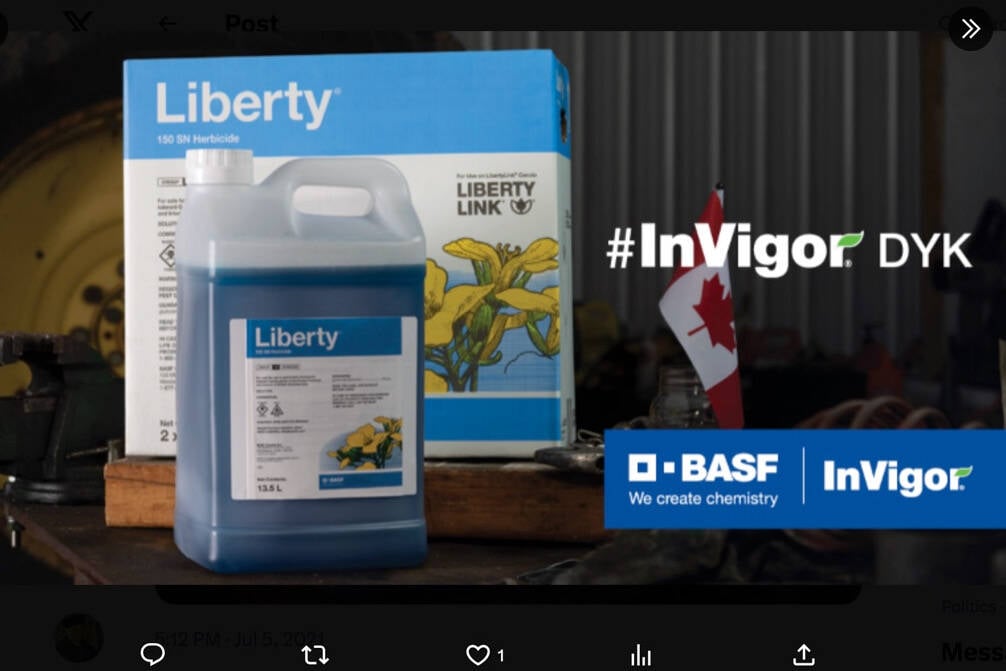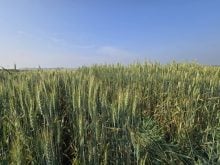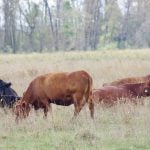The Pest Management Regulatory Agency has been reviewing the safety of glufosinate — a herbicide — since 2018. The review is not done and a proposed decision isn’t expected until 2027.
That decision was scheduled for 2022 or 2023, but multiple delays and the PMRA merging a special review with a re-evaluation of glufosinate has extended the timeline to 10 years, BASF Agricultural Solutions Canada said in an email to fellow Glacier FarmMedia publication, the Western Producer.
WHY IT MATTERS: Agribusiness and farmers argue that plodding product evaluations and approvals create a competitive disadvantage for Canadian agriculture.
Read Also
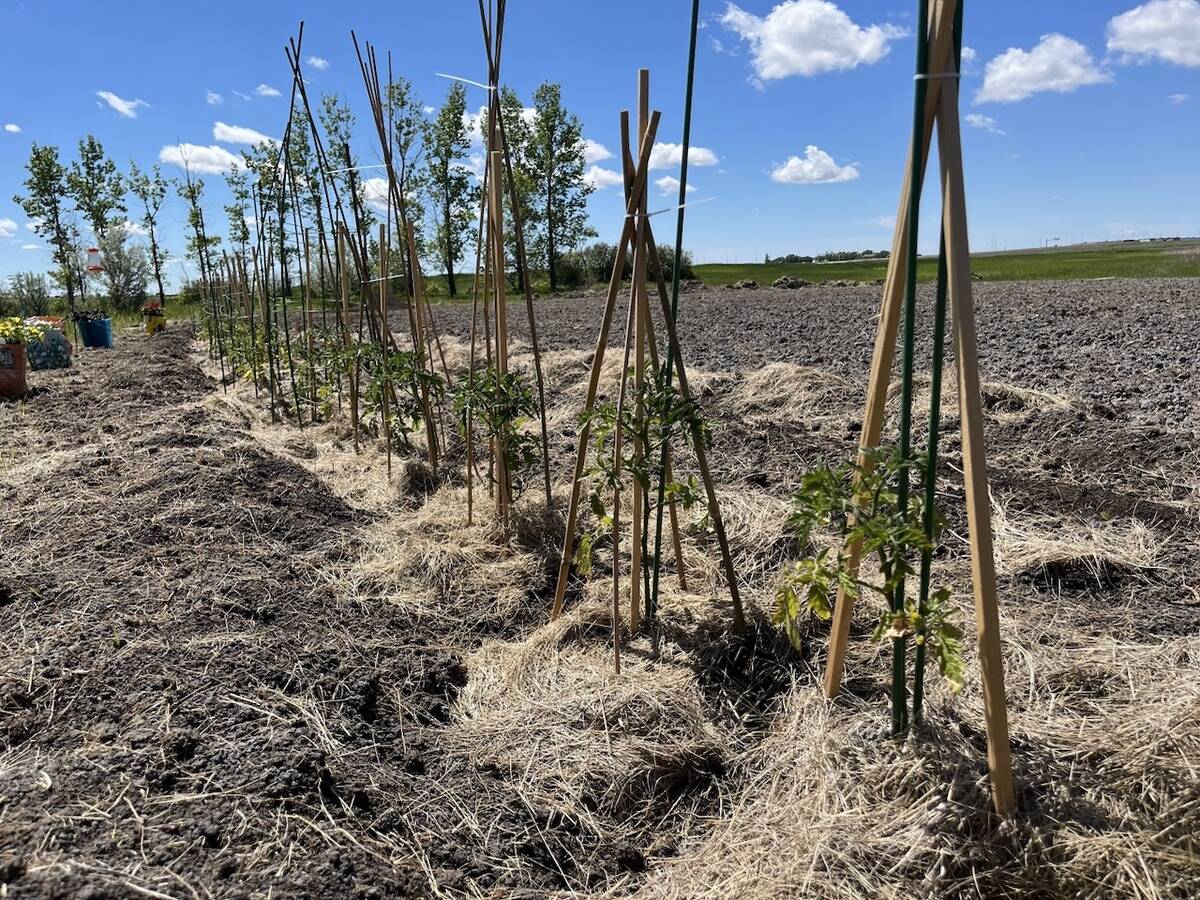
Seeding Indigenous agricultural prosperity
National Circle for Indigenous Agriculture and Food says Indigenous agricultural success needs strong relationships.
Taking a decade to assess the safety of glufosinate-ammonium, a herbicide branded as Liberty that has been used by farmers for years, embodies what’s wrong with Canada’s regulatory system.
“The glufosinate delay reflects a broken regulatory model: one that fails to keep pace with global innovation, one that prioritizes internal processes over outcomes, and one that sends a clear message, Canada is no longer a first-choice market for agri-innovation,” said a BASF Agricultural Solutions Canada spokesperson.
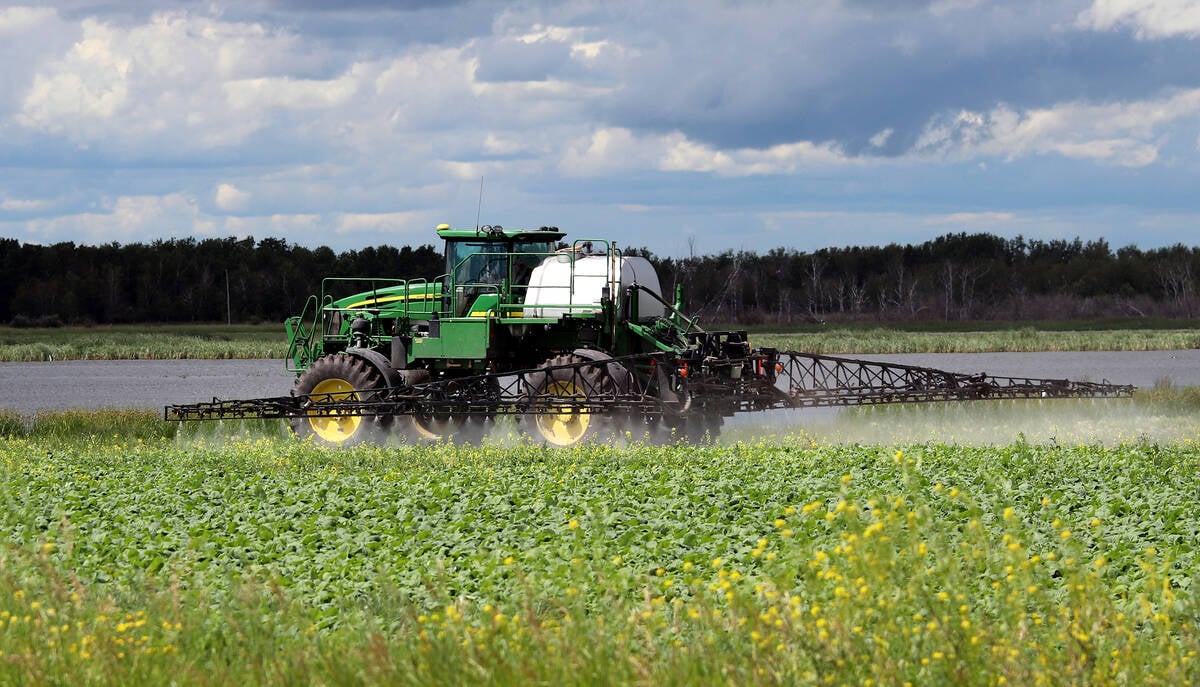
The themes in the BASF comments, bold in this case, are not new.
Ag industry associations and companies have complained about burdensome regulations and how they’re stifling investment in Canada for years.
Some Canadian innovators have taken their agri-tech products to market in the United States first, because the regulatory hurdles are too high in Canada.
“Process modernization, red-tape reduction and a return to predictable, science-based, risk-proportionate regulation are urgently needed (in Canada),” said the email from BASF Agricultural Solutions Canada.
“This unpredictability increases investment risk, making Canada less attractive for global R&D pipelines.”
Delayed launch of new canola hybrid
BASF is a major player in the canola industry, as its InVigor lineup dominates the canola seed market on the Prairies. InVigor canola is tolerant of Liberty herbicide.
In June, BASF unveiled a new canola hybrid — InVigor Gold — which is suited for the brown soil zone of Western Canada, Montana and other parts of the U.S.
InVigor Gold is designed for the drier regions of Western Canada, like southwestern Saskatchewan, where canola yields are poor compared to other parts of the Prairies.
“Farmers who face harsh canola growing conditions in the brown soil zone in Canada and areas in the Northern Great Plains are poised to unlock new canola acres with InVigor Gold, helping meet market demand for canola,” BASF said in a June release.
BASF expects that American farmers will start growing InVigor Gold in 2027 and could be available in Canada around 2030.
The PMRA won’t approve any new uses of Liberty until it completes the special review and re-evaluation of glufosinate — the active ingredient in Liberty.
BASF has to wait on the PRMA review before it can commercialize InVigor Gold in Canada.
“It is one of the reasons we’ve communicated an intended launch date for late this decade, early next,” BASF said.
“Having a reliable science-based regulatory process to help bring innovation to Canadian farmers is crucial… extended timelines, delays and other factors that impact that (process) is a detriment to Canada’s agricultural industry.”
AAFC aware of regulatory challenges
Having access to crop protection tools is “crucial for successful farming,” Agriculture and Agri-Food Canada said in an email to Glacier FarmMedia
The government has heard from industry leaders about regulatory headaches. The feds are taking action, by “reviewing outdated rules, minimizing duplication with provincial regulations and streamlining decision-making processes,” AAFC said.
“As part of these efforts, we invited officials from the PMRA to the federal, provincial and territorial ministers of agriculture conference (in early September) to ensure that ministers have an opportunity to engage directly with the regulator.”
In addition, AAFC has nine Sector Engagement Tables to encourage dialogue between ag industry reps and the government.
One of them is the Agile Regulations Table, which is looking at the “regulations affecting the agricultural sector, including those associated with pest control.”
Big picture, the federal government is committed to science-based decision making, the email said.
“We are working to ensure that PMRA is a nimble regulator while also protecting the health of Canadians and the environment.”


